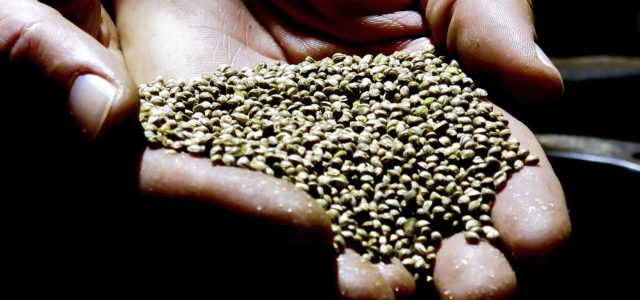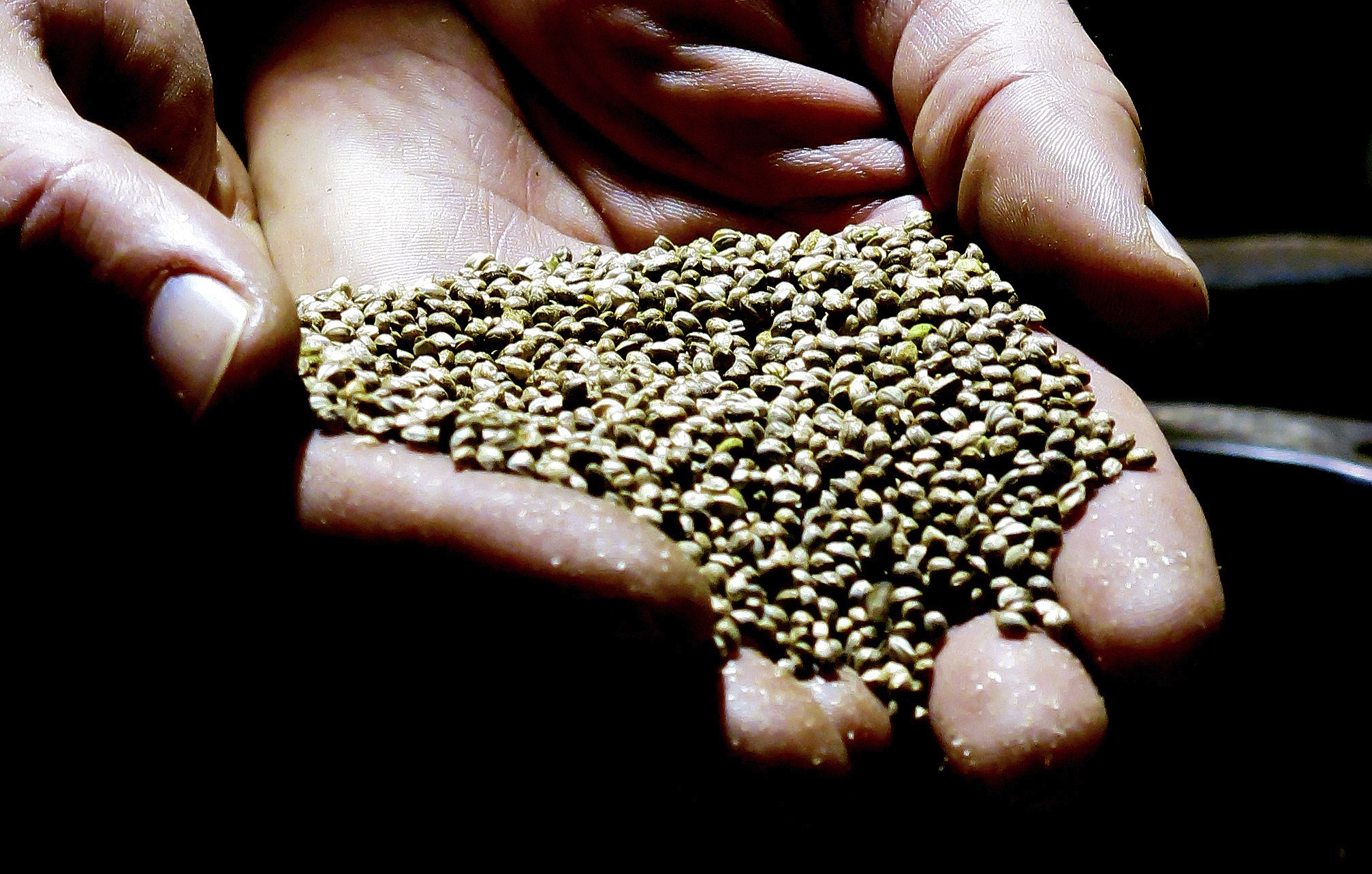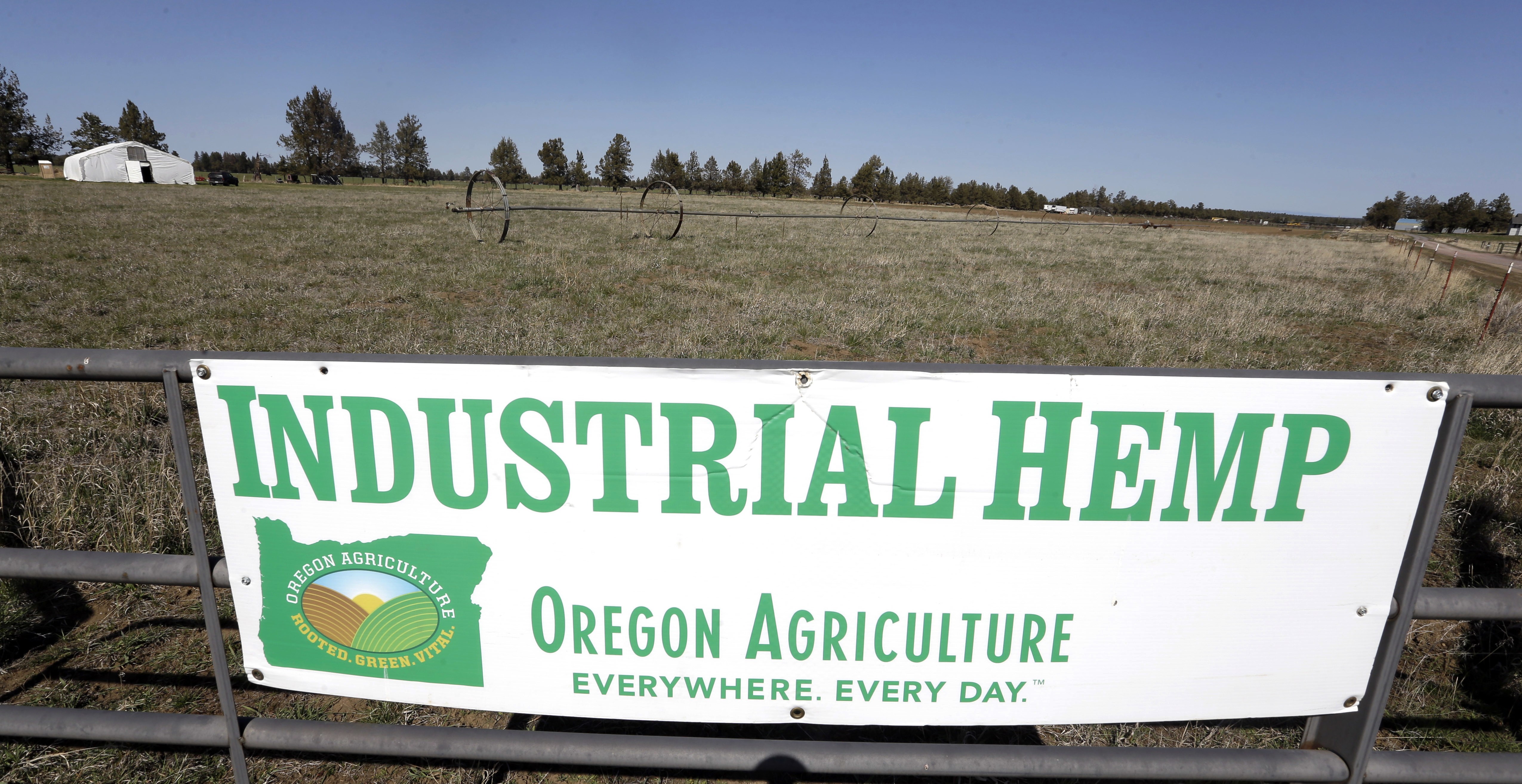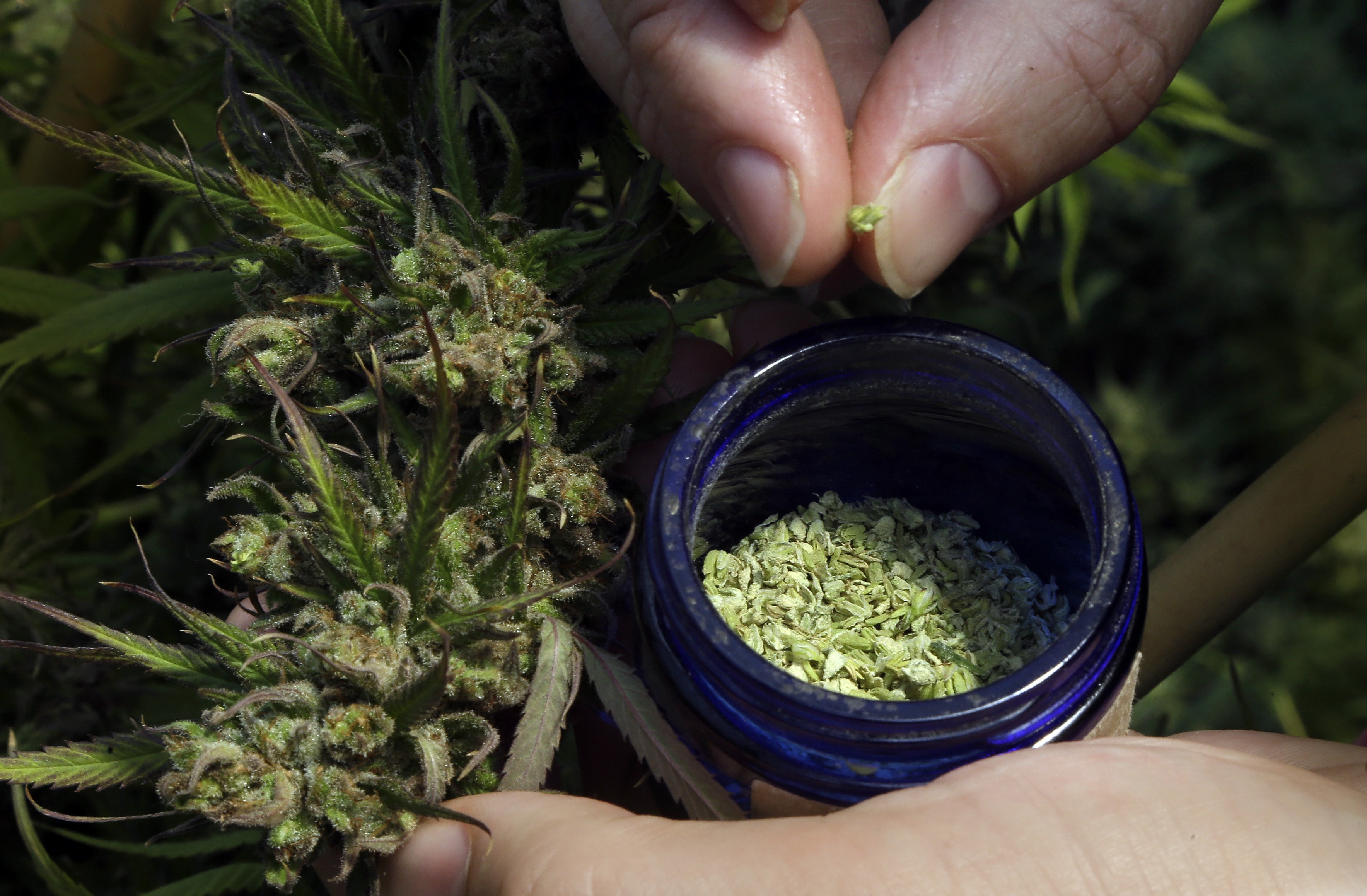Hemp, on the brink of being legal, still faces challenges
Uncategorized September 28, 2018 MJ Shareholders

DENVER — It’s a giddy time for the U.S. hemp industry. Farmers are planting more acres. Businesses are selling more products. And with Congress on the brink of fully legalizing hemp, industry insiders are eagerly anticipating a boom.
But even if the legalization provisions in the 2018 farm bill pass, hemp will remain a tightly regulated crop facing plenty of regulatory and legal challenges.
As the more than 30 states that operate hemp pilot programs have discovered, it’s not easy to oversee a plant that’s used to make everything from car parts to hand cream and that, except for the chemical that produces a high, is identical to marijuana — which the federal government still classifies as a dangerous drug.

It could take one or two years for federal officials to craft regulations for hemp, said Tim Gordon, president of the Colorado Hemp Industries Association. “Just because the farm bill passes doesn’t mean hemp is suddenly legal and everything’s great.”
In Congress, House and Senate lawmakers are working to finalize this year’s farm bill, which is expected to fund farming and nutrition programs, agricultural research and other related policy areas for the coming five years. They have less than a week to reach an agreement before the 2014 farm bill expires.
Senate Majority Leader Mitch McConnell, a Republican, is from the hemp-rich state of Kentucky and a strong supporter of legalizing the crop.
The amount of hemp grown in the United States has steadily increased since 2014, when Congress gave states permission to set up pilot programs focused on researching the plant and its commercial potential.
Nineteen of the states that allow hemp cultivation reported a crop last year, from a single acre grown in Hawaii and in Nevada to more than 9,000 acres in Colorado, according to Vote Hemp, a nonprofit that advocates for hemp legalization. Over 25,000 acres were planted nationwide.
Although legalization will solve many of the industry’s problems, such as by allowing farmers to get crop insurance for their hemp, there are several challenges officials running a hemp program — and people running a hemp business — will continue to face.
For instance, there are no national standards for how to test hemp for tetrahydrocannabinol, or THC, the psychoactive compound that, under federal law, cannot exceed 0.3 percent concentration in hemp plants.
There are also conflicting state rules for cannabidiol, or CBD, a cannabis compound with alleged healing qualities that’s sold as a natural remedy and ingredient in foods, drinks and lotions. “That will be the other real mess that will need to be cleaned up,” said Duane Sinning, director of the plant industry division at the Colorado Department of Agriculture.

Hemp and marijuana aren’t genetically distinct plants. The difference is legal: the 2014 and 2018 farm bills define “industrial hemp” as cannabis plants that have a THC concentration of 0.3 percent or less. The Controlled Substances Act of 1970, which the 2018 farm bill would explicitly override, defines hemp as the mature stalk, sterilized seeds and products made from stalk and seeds of the cannabis plant.
Under the guidelines for hemp pilot programs and the proposed rules for regulating fully legal hemp, states must destroy crops that test above the 0.3 percent threshold — known as “hot” hemp plants.
But the testing rules that determine whether a farmer will have a crop to sell aren’t the same across states. That can mean “drastically different” THC results, Sinning said.
For instance, he said, some states require testing of samples that are predominantly made up of flower material, and others on samples that blend more parts of the plant. Because flowers generate the most cannabinoids, including THC, samples heavy on flowers generate higher THC results.
Colorado tests the top two inches of a plant — so the flowers, leaves and buds, but not the seeds or stem.
State agriculture commissioners are now banding together to come up with a common standard. A working group convened by the National Association of State Departments of Agriculture is expected to start meeting next month, according to Amanda Culp, the association’s communications director.
It doesn’t help matters that some farmers have an incentive to push their crops to as close to the 0.3 percent THC limit as they can get.
Kentucky grain farmer Joseph Sisk and his business partner have planted 200 acres of hemp this year, which will be processed to extract CBD oil. Sisk said growing hemp isn’t easy, and making sure plants reliably test under the THC limit is one of the difficulties.
“I think that challenge would be the same no matter where you put the level,” he said, at least for farmers like him. That’s because growing plants to maximize CBD inevitably increases the levels of other cannabinoids, including THC.

Colorado state Sen. Don Coram, a Republican who runs a hemp CBD business in the rural western part of the state, said he thinks some hemp growers try to game state THC tests to push up their cannabinoid yield. “I think there’s some cheating,” he said, another issue that may merit more attention from lawmakers.
A decade ago, few people had heard of hemp-derived CBD. But four years from now, it’s expected to dominate sales of hemp in the United States, generating some $646 million, according to the Hemp Business Journal, a publication that tracks the hemp industry.
People across the country, from Brooklyn hipsters to middle-aged Kentucky dads, take hemp CBD as a pill, swallow spoonfuls of hemp CBD oil or rub CBD-infused creams onto their bodies to soothe aches, pains and anxiety. Patients who suffer from seizure disorders — and their parents — have successfully lobbied states for access to hemp or low-THC marijuana-derived CBD oils as a medical treatment.
The fast-growing hemp product has raised several regulatory issues. The U.S. Food and Drug Administration has maintained that CBD oil cannot be marketed as a dietary supplement and has been going after companies for making outlandish health claims.
Laws and regulations that define the hemp extract, who can use it and who can sell it, differ from state to state. In Colorado, where voters in 2012 amended the constitution to legalize cannabis, marijuana-derived CBD products are sold in dispensaries and hemp-derived CBD products are sold in health food stores, coffee shops, smoke shops and spas.
In Ohio, where medical marijuana is legal but no state hemp program exists, hemp- and marijuana-derived CBD oil must be sold by licensed dispensaries. And in Wyoming, which is setting up an industrial hemp program, patients with intractable epilepsy are allowed to take hemp CBD oil for seizures.
Right now, state policies are all over the place, said Patrick Goggin, a San Francisco-based attorney for the Hoban Law Group. That’s not a problem federal legalization will solve. “It really is going to be left to the states,” he said.
Under the 2018 farm bill, states would still need to track where hemp is produced and come up with a procedure for testing, inspecting and getting rid of hot hemp, as they do under hemp pilot programs today. States may need to make a few tweaks to conform their programs to the proposed legislation.
In Colorado, lawmakers are looking even further ahead — to the possibility that the federal government might one day change the THC concentration limit for hemp. The 0.3 percent limit is written into the state constitution. If the federal limit increased, or decreased, that could make Colorado products less competitive or harder to sell across state lines.
So Colorado lawmakers placed a referendum on the November ballot that asks voters whether they want to change the constitutional definition of hemp to a more easily changed statutory one.
Last but not least, states face the ongoing challenges of managing an industry that generates new products constantly.
Gordon of the Colorado Hemp Association said that, for instance, he’s come across hemp-CBD-infused gummies — a non-psychoactive version of the pot candies state lawmakers banned last year, fearing that they were tempting to children.
Coram said a close partnership between various state officials, from agriculture regulators to law enforcement, has been key to Colorado’s program, and that he’s sharing that approach with colleagues in other states. “We’re trying to give them the Colorado solution,” he said.
For Sinning’s office, one aspect of the partnership involves fielding calls from local police or sheriffs who have passed a field of cannabis and want to know if they’re looking at a licensed hemp crop. “We’re getting calls all the time from law enforcement,” Sinning said, “because now hemp is everywhere.”
©2018 Stateline.org. Visit Stateline.org at www.stateline.org. Distributed by Tribune Content Agency, LLC.
MJ Shareholders
MJShareholders.com is the largest dedicated financial network and leading corporate communications firm serving the legal cannabis industry. Our network aims to connect public marijuana companies with these focused cannabis audiences across the US and Canada that are critical for growth: Short and long term cannabis investors Active funding sources Mainstream media Business leaders Cannabis consumers










